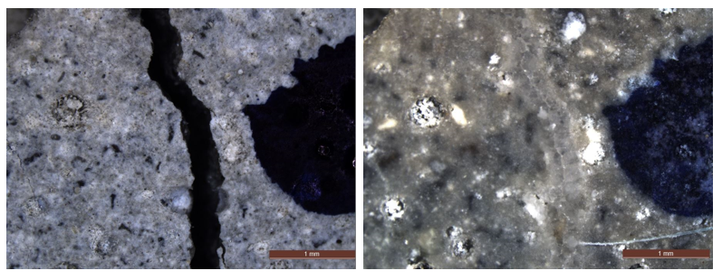Development of standard methods to evaluate the performances of self-healing concrete
Researchers:
- Laurena De Brabandere
- Tim Van Mullem
- Nele De Belie (supervisor)
Description:
Self-healing concrete has been developed by researchers to minimize the damaging effects cracks in concrete have. If cracks would develop in a concrete structure, the self-healing properties of the concrete will close the cracks and prevent them from reducing the service life due to transport of harmful substances into the concrete and to the level of the reinforcement. So far there are no standard test methods to assess the self-healing performances of this concrete. Therefore, the objective of this research project is the development of such standardized methods. This is complicated as the effectiveness of self-healing concrete is influenced by various factors. Yet, the availability of reliable test methods is crucial to convince governmental bodies, contractors and the general public of the advantages of self-healing concrete and thereby stimulate the further commercialization. In order to reach the objective of this research project, influencing factors of the capillary water absorption of cracked cementitious materials will be studied. Also natural chloride diffusion will be compared to chloride migration. Other objectives are the development of a strategy to evaluate the self-healing capacity of structures in-situ and to investigate the influence of self-healing agents on the long-term deformations.
Partners:
Funding:
This research was supported by a grant (21SCIP-C158977-02) from the Construction Technology Research Program funded by the Ministry of Land, Infrastructure and Transport of the Korean government.

